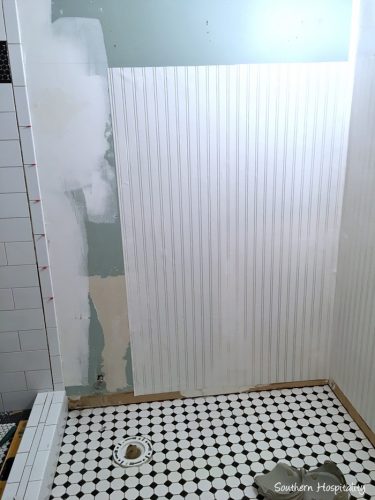
If you've been reading my blog since 2009, then you've no doubt seen my love for beadboard wallpaper and all that it adds to plain homes by injecting some architectural detail where there was none. I discovered Graham Brown beadboard wallpaper back in 2009 and have done many projects in my current and former homes with it. It really is a great cost-saving way to add some cool wall treatments without breaking the bank and without a lot of trouble to install.
I loved it so much, I started selling it in my online shop, so check it out if you're interested.
The post Installing Beadboard Wallpaper appeared first on Southern Hospitality.



